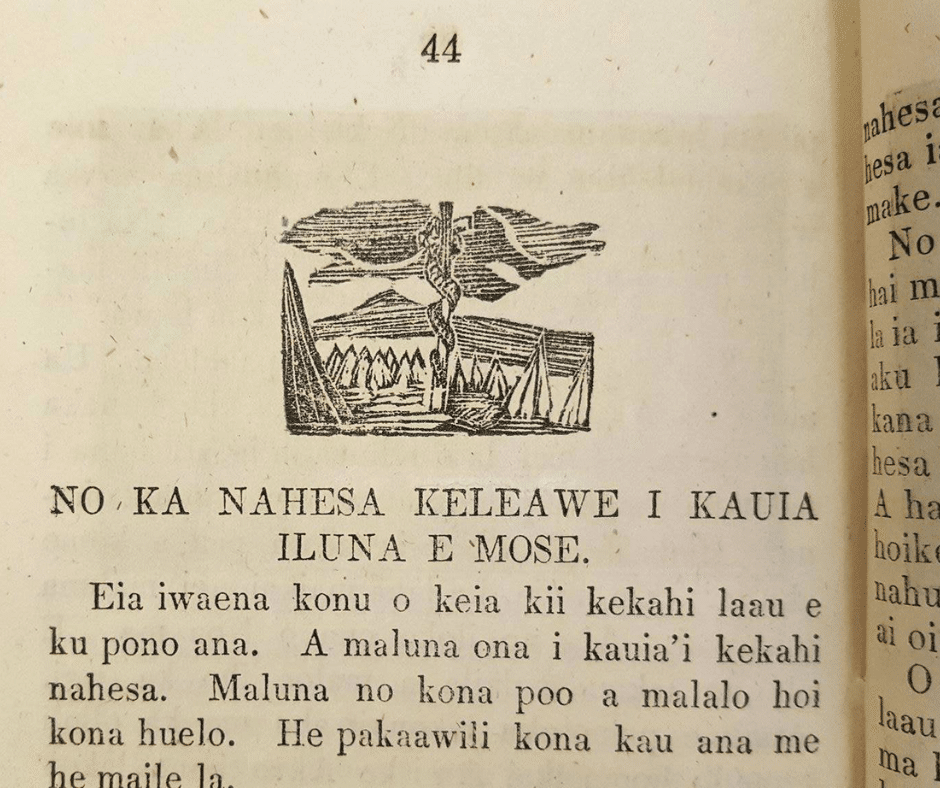The Importance of the Hawaiian Language: Efforts to Revive and Preserve the Native Language of Hawaii

The Hawaiian language, known as ʻŌlelo Hawaiʻi, is more than just words and phrases—it is the soul of the Hawaiian people and their culture. It connects the past with the present, carrying forward the traditions, wisdom, and identity of Hawaii’s native population. Yet, like many indigenous languages, ʻŌlelo Hawaiʻi faced the threat of extinction in the 20th century, due to historical events and policies that marginalized its use. Today, through dedicated efforts and the passion of the Hawaiian community, there is a growing movement to revive and preserve this beautiful and vital language.
A Brief History: From Suppression to Revival
In 1896, following the overthrow of the Hawaiian Kingdom, the use of the Hawaiian language in schools was banned, causing a dramatic decline in the number of speakers. By the 1980s, fewer than 2,000 native speakers remained, and ʻŌlelo Hawaiʻi was considered critically endangered. This era of suppression severed generational transmission, threatening to erase an essential part of Hawaii’s cultural identity.
In response, Hawaiian language activists, scholars, and community members took decisive action to reverse the decline. This movement led to the founding of the Hawaiian Language Immersion Program (Ka Papahana Kaiapuni Hawaiʻi) in 1987. This program reintroduced the language into classrooms, creating a new generation of Hawaiian speakers.
Why Reviving the Hawaiian Language Matters
The preservation of ʻŌlelo Hawaiʻi is crucial not only to maintaining the cultural heritage of Hawaii but also to reconnecting native Hawaiians with their history, land, and spiritual beliefs. The Hawaiian language is deeply tied to the concepts of Aloha ʻĀina (love of the land), genealogy, and the traditional chants and songs that preserve stories, wisdom, and values passed down through generations.
Language carries more than just literal meanings; it is intertwined with the way people see the world. By reviving ʻŌlelo Hawaiʻi, Hawaii strengthens its cultural resilience and fosters a greater sense of belonging and identity among its people.
The Role of Education in Language Revitalization
Education has been at the heart of the Hawaiian language revival. From early childhood programs to higher education courses at the University of Hawaiʻi, language immersion initiatives have taken a multifaceted approach. Nā Pua Noʻeau, a program focused on cultivating excellence in Hawaiian children, emphasizes the use of Hawaiian language as a cornerstone of its curriculum.
Additionally, initiatives such as the Hawaiian Language College (Ka Haka ʻUla o Keʻelikōlani) and community-based language programs like Aha Pūnana Leo provide immersive experiences where the language is not just taught, but lived.
Technology’s Role in Preserving ʻŌlelo Hawaiʻi
In the digital age, technology has become a powerful tool in the preservation of ʻŌlelo Hawaiʻi. Language learning apps, social media pages, and online resources like the Hawaiian language digital archives offer access to words, phrases, and cultural lessons for learners worldwide. This growing digital presence makes it easier for the Hawaiian diaspora and interested individuals to engage with the language, fostering a broader community of speakers.
Moving Forward: The Next Chapter of Language Revitalization
The success of ʻŌlelo Hawaiʻi is a testament to the power of community action and cultural pride. However, there is still much work to be done. Support for these initiatives must remain strong, and ongoing collaboration between educators, cultural practitioners, and the broader Hawaiian community is essential to keep this momentum alive.
Embracing and preserving ʻŌlelo Hawaiʻi is a tribute to the resilience and spirit of the Hawaiian people. It is a powerful reminder that languages are more than a means of communication—they are living records of human experience, carrying the values, memories, and stories that define a culture.
In the words of Mary Kawena Pukui, a revered Hawaiian scholar, “I ka ‘ōlelo nō ke ola, i ka ‘ōlelo nō ka make”—”In language, there is life; in language, there is death.” By choosing life for ʻŌlelo Hawaiʻi, Hawaii chooses to honor its past, enrich its present, and empower its future.
Tags: Hawaii, Hawaii history, Hawaiian language, travel tips hawaii
